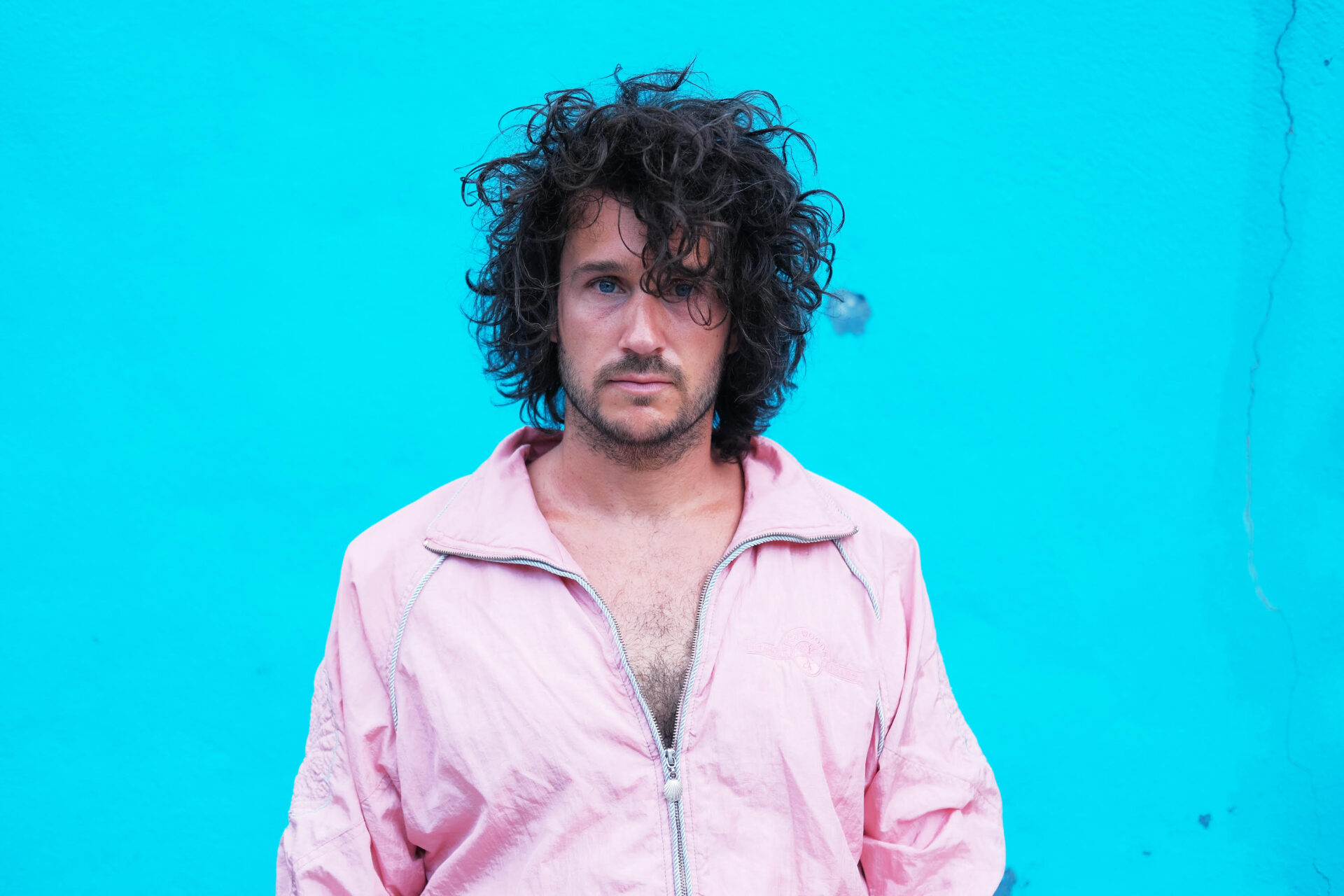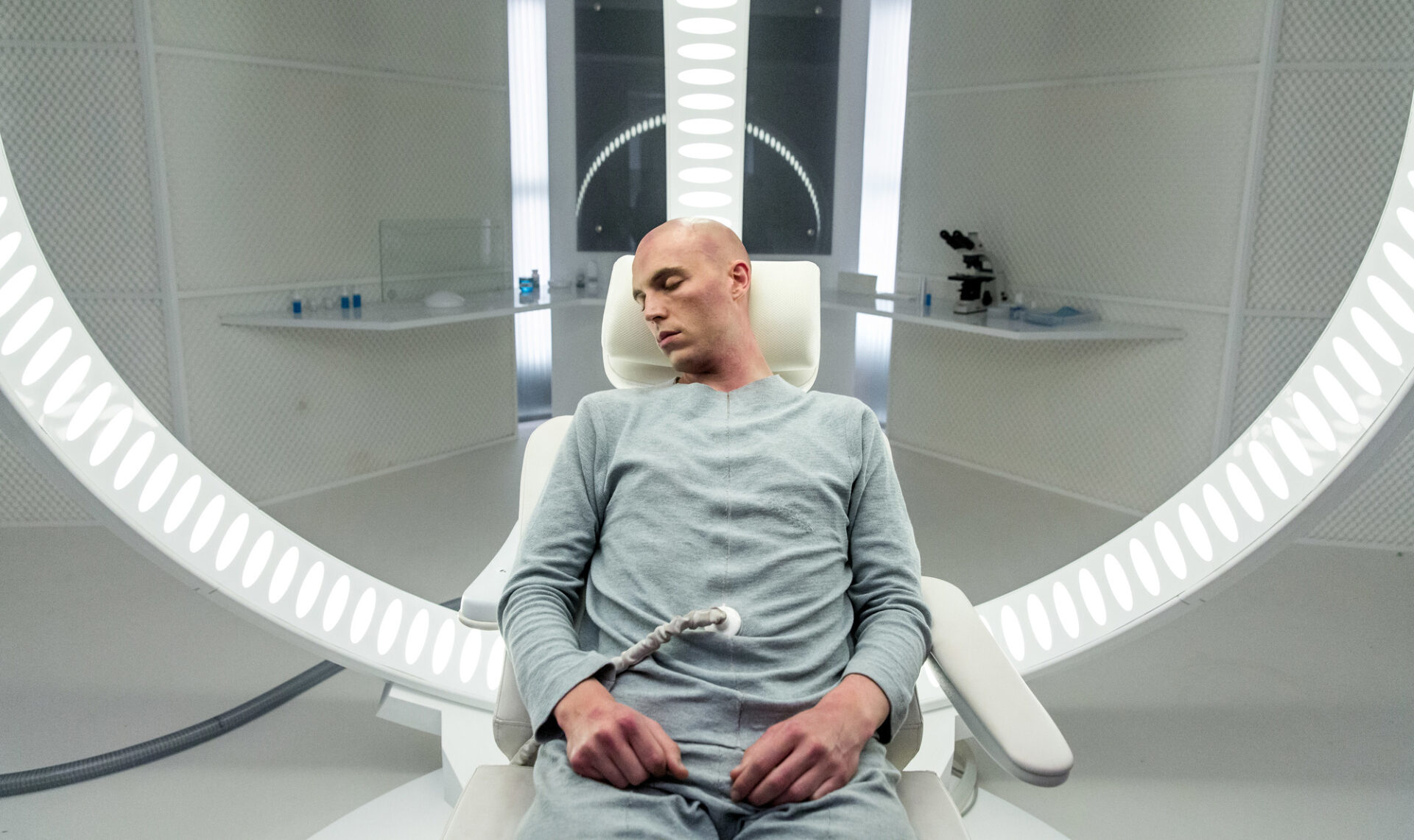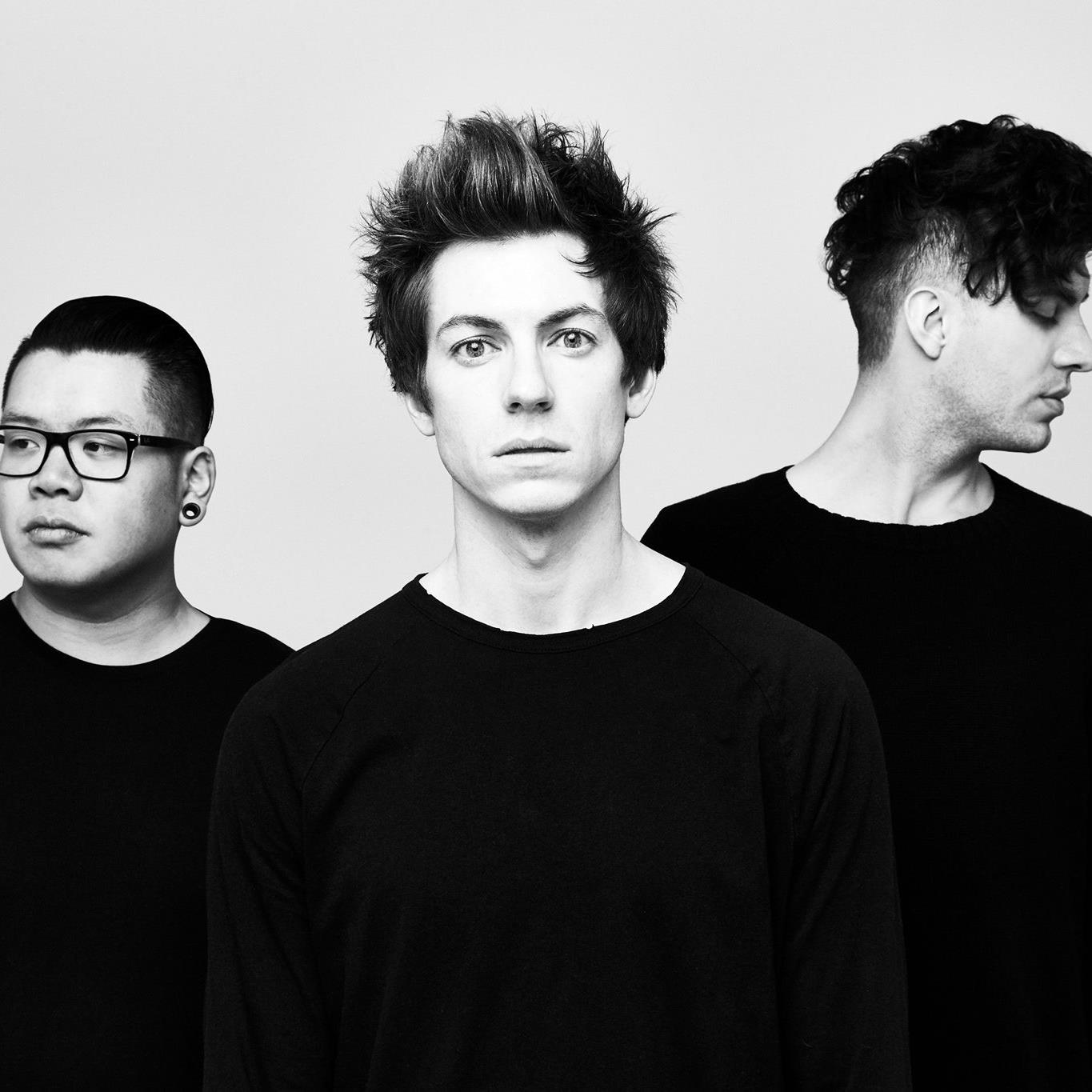Superhero media is usually our means of escape from the ills of the world. Some characters have abilities to heal wounds. A concept like death doesn’t have to be permanent with different timelines and ancient technologies. The prospect of good eventually triumphs over evil, no matter how bleak the outcome may seem. It hits us harder when the medium where the impossible can starts to mirror the reality we live in.
At the end of Avengers: Endgame, even though the plan to defeat Thanos worked, it wasn’t without collateral damage. We lose figures like Tony Stark/Iron Man and Natasha Romanoff/Black Widow — both sacrificing themselves to achieve the greater goal. Steve Rodgers passes on his mantle of Captain America to Sam Wilson and has his happily-ever-after into old age. However, the team remaining we watched grow, fight amongst each other, and then reconnect over 20+ films are frazzled and worn. Phase Four is a dissertation on how the strongest and mightiest handle the ghosts of what they once knew.

Paul Bettany as Vision and Elizabeth Olsen as Wanda Maximoff in “WandaVision./ Marvel Studios
But grief feels so…human? How would an entity that could have genius-level intellect and fly not conquer something that seems mundane to their attributes? Well, that’s because the impermanence of loss is the greatest weapon any villain can yield. WandaVision was the first phase four project the world saw after losing millions of people because of the COVID-19 pandemic. The character of Wanda Maximoff had lost so much before Endgame — her parents, brother, and freedom for a brief period. Even though the construct of Westview was a figment of her power, the prospect of family was there and ripped away like a band-aid on a wound.
It’s a lot to witness when the world around you feels like you’re living within an enormous funeral pyre. However, it wouldn’t feel genuine to do a Saturday-morning course-correct where people go on their merry way. On a grander scale, the MCU world has been changed from the events of ‘the blip.’ Some have come back to lives that no longer exist, significant others who have moved on, or loved ones that have died. In the projects we’ve seen, the heroes deal with this in some shape or form.
With Hawkeye, Clint Barton deals with his Stockholm syndrome over losing Natasha and the physical ramifications of battles past. Monica Rambeau and Yelena Belova disappear and return to a world where they lost loved ones. Peter Parker is still struggling with Tony’s death — all the while seeing his aunt die, and his identity slips away because Peter can’t have both. By the time Doctor Strange figures out his inner turmoil, the love of his life has moved on to someone else. In Falcon and the Winter Soldier, Sam Wilson realizes that American idealism will not be fair to him no matter what he’s done.
The collective deaths of Loki, old Asgard, and Odin has caused Thor to go on a journey of depression to being in a humorous midlife crisis cycle. Even the real world is still feeling the sadness of losing Chadwick Boseman and wondering how great he would be as one of the leaders in this cinematic universe. With all these collective wounds that are healing, you wonder if the initial cut hurts worse or the scar it leaves behind. A bright side that peers through the thick fog of phase four are the young heroes.
Aspiring do-gooders like Kate Bishop and Kamala Khan saw the actions of the Avengers they idolize and want to keep the “anything is possible” spirit going. They will soon find out it’s not all rescuing cats from a tree and parlor tricks. For now, their optimism will slightly restore the feeling that hope is on the horizon. Maybe phase four has hit close to home in a genre that usually provides us escapism for hours at a time. Perhaps the greatest triumphs of these Marvel protagonists might not be conquering space aliens or a man made of sand — instead, having the courage to get up and do it, knowing you’ll eventually feel the hurt again.













